Ukraine’s EURO 2012 Stadiums Are Ready to Host Safe and Secure Matches
EURO 2012 is being played in Poland and the Ukraine from June 8 to July 1st. The tournament will feature sixteen of the best football teams in the World in competition for the Henr...
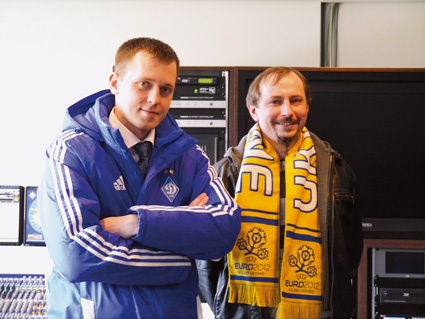
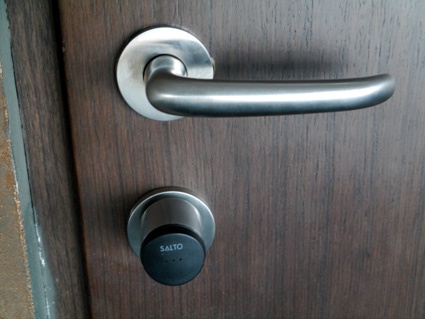
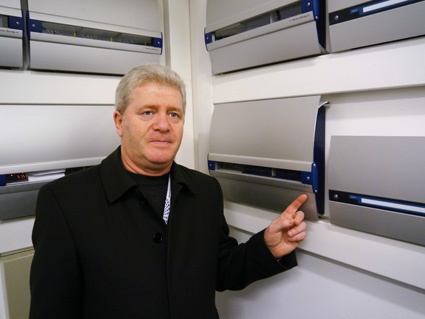
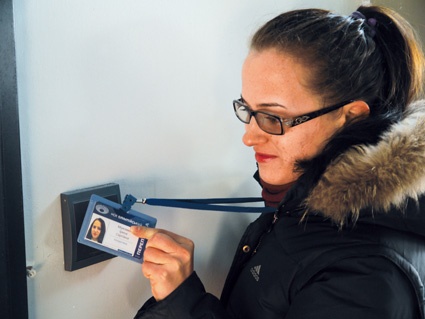
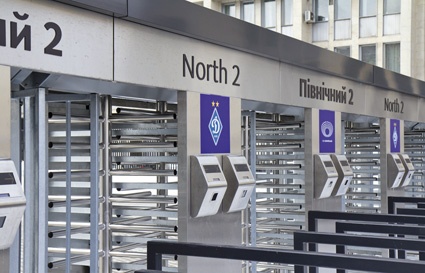
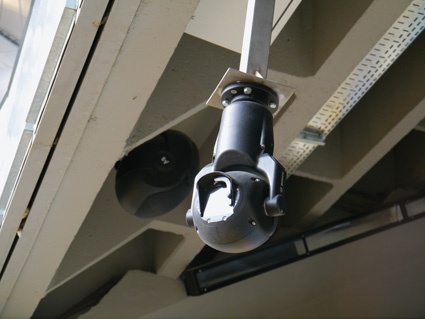
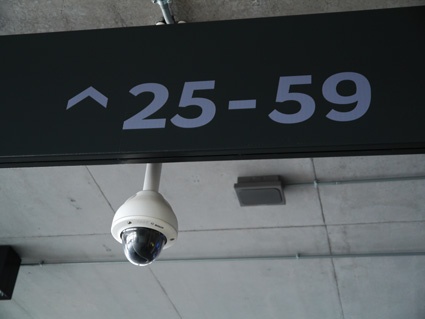

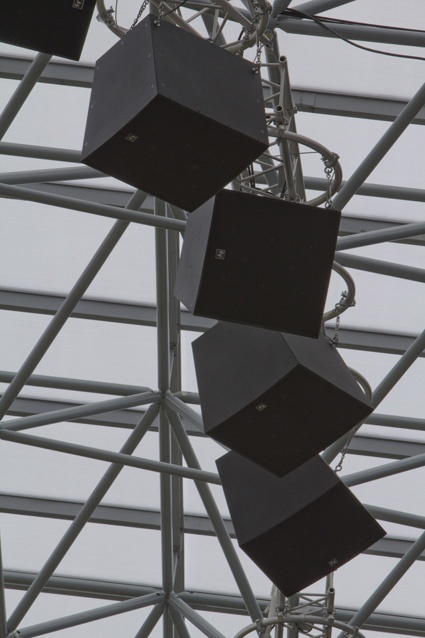

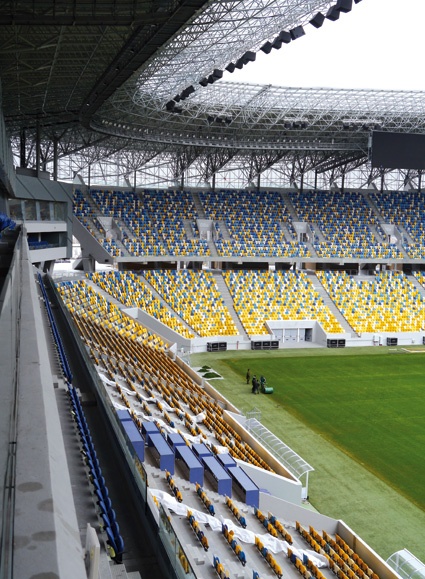
EURO 2012 is being played in Poland and the Ukraine from June 8 to July 1st. The tournament will feature sixteen of the best football teams in the World in competition for the Henri Delaunay Trophy awarded to the winner of the Euro Cup. Three months before the ball rolls, GIT SECURITY had the opportunity to get an exclusive tour to visit two of the EURO 2012 stadiums in Lviv and Kyiv and talk to officials, security officers and integrators about the preparations and security measurements in the stadiums.
NSK Olimpiyskyi Stadium: Tradition and Modern Security
The venues for the matches will be within host countries Poland and the Ukraine. All the stadiums belong to professional football clubs from the two countries and have a capacity between 32,400 and 83,000 people. While the smallest stadium for Euro 2012 is the Municipial Stadium in Lviv, which will host approximately 33,400 passionate fans, NSK Olimpiyskyi Stadium in Kyiv is by far the largest EURO 2012 stadium. The total arena capacity of 70,050 seats includes 64,119 standard seats, 3,546 business seats, 150 seats for disabled people plus 738 VIP seats in 39 sky boxes.
Stadium NSC „Olimpiyskiy" will host the EURO 2012 final and the closing ceremony and has a long tradition going back to the 1920‘s. The date of birth of the stadium is August 12, 1923 when the Red Stadium named after L. Trotsky hosted the first events of the First Kyiv Region Olympiad. In 1935 year a competition on "rising" the level of the Red Stadium was announced and a project of one young architect Mikhaylo Grechina became the winner. The stadium was built in 1937 to 1941, but the stadium‘s opening, scheduled for June 1941, was postponed for 5 years due to World War 2.
Since then the sport complex changed its name three times. In the 1940's and 1950's it had the name of Nikita Khrushchev before it was renamed to "Republican Stadium". Since the Ukraine is an independent state, „Olimpiyskiy" was granted the status of the National Sports Complex (NSC).
The current renovation of the stadium is already the third one. In 1966 and 1967 the building was expanded and the second tier of the tribunes was completed. From 1978 to 1980 a major reconstruction was made to host football matches for the XXII Olympic Games.
Architecture
It has taken 38 months since the beginning of the stadium reconstruction in August 2008 before its grand opening in October 2011. NSC "Olimpiyskiy" is now a modern arena on the basis of the old building. The renovation project saved the existing authentic embankment of the lower tier and the reinforced second concrete tier of the tribunes and connected the 80-year sports history of Ukraine with European experience and advanced technologies. The new arena will be used as a multifunctional sports arena for football matches and athletics competitions at international level. The modern face of the stadium will present a glass facade and a cover in the form of suspended hovel with a semitransparent synthetic membrane covering all the seats.
Modern Technology
The state enterprise NSC „Olimpiyskiy" is responsible for the stadium and it was their demand that the complete infrastructure of the stadium meets the requirements of UEFA. For the safety and security of the stadium these requirements have led to a new security system including video surveillance, an increased number of entries to the stadium, new escape routes, a new evacuation scenario, an advanced access control system, a new sound system and a modern IT infrastructure.
It took enormous efforts to build the basis of the stadium:
- 118,836 cubic meters of concrete structures were arranged.
- Ten full days were necessary for the sumultaneous lift of the 800 tons roof cabling system on the 80 axes by 160 powerful hydraulic jacks.
- 37,148 tons of metal roll were worked during the reconstruction time.
- 100 000 square meters of granite were used for the finishing of NSC and the surrounding area.
- 5825 trees were planted in the park zone.
To meet the UEFA requirements and to fit the needs of the local teams, the stadium has been equipped with state-of-the-art technology. We have taken a closer look at some of the components and solutions installed that are linked to the stadium's security and safety.
Communication and Sound System
Modern sports stadiums are multi-purpose venues, hosting concerts as well as sporting events. Security measures must therefore also include a professional sound system that is capable for high-quality music reproduction and is used for public address purposes. In case of emergency the system must be able to guide an evacuation. In Kyiv, loudspeaker systems by Electro Voice (EV) are used and the acoustic calculations of the stadium were made using software EASE from AFMG. Electro Voice's official distributor company Sound House Pro made the setup and fine tuning of the sound reinforcement complex using the hardware and software platform IRIS Net with support from the Electro-Voice's Tech Support team.
The Electro Voice equipment was chosen because of the outstanding sound characteristics of the general purpose sound system and the public address system according to the FIFA and UEFA requirements. All the system components are working under the single software IRISNet that allows simple and visualized control over all the parameters and components of the sound system.
Integrator Transexpo, responsible for the integration of all electronic installations, pointed out that for all relevant sound and security systems, the ease-of-use was very important since the operators of the systems often change from one event hosted in the stadium to another. For the sound system for example it was crucial that the control user interface is simple and convenient to handle with a language selection option between Russian and Ukrainian.
The public address and evacuation system is managed in a special sound control room that has control over 36 Bosch Praesideo digital public address and emergency sound system units plus 160 loudspeakers from Bosch. Presetting programmed for various scenarios allow the operator in case of incidents and emergency to react very quickly and to launch an appropriate announcement via the system while the entertainment system is automatically paused.
Video Surveillance System
To observe, anticipate and eliminate threats in a stadium, an integrated system combining video surveillance, access control, intrusion detection, evacuation and communication systems is crucial. In Kiew all the information is bundled in a modern IP system - one of the first IP video projects in the Ukraine - and displayed in eight control rooms that are linked together.
According to Maksym Stoyko, the responsible Country Manager from Bosch Security Systems Ukraine for the EURO 2012 stadiums, it was clear from the beginning, that an IP video system will be installed to secure Olimpiyskyi Stadium. The system was planned to deliver a maximum of flexibility, to integrate signals from access control and to allow a future update for HD video.
The UEFA requirements for the video system were clear: Any person in the stadium should be visible at anytime in all critical areas. The backbone of the video surveillance system is built by 400 Bosch Flexidome 2x IP NDN-498 day/night cameras equipped with progressive scan and wide dynamic range technology. The combination of 20-bit image processing and wide dynamic range technology provides a sharp and very detailed image with accuracy in color reproduction even under harsh lighting conditions. The cameras allow tri-streaming, dual H.264 and M-JPEG simultaneously.
To secure the perimeter of the stadium 14 Bosch AutoDome outdoor PTZ cameras were installed. Very close to the supporters and possibly within their reach, Bosch has installed twenty vandal-resistant MIC 400 stainless steel cameras. The cameras have been designed to offer an extremely reliable, robust, and high quality surveillance solution for security applications that demand the very best performance, regardless of the installed environment.
All the video data is stored on Bosch NVR's (iSCSI storage) for three months and is accessible from all eight security control rooms. Managed by the latest version of Bosch's Vidos 4.0 video management software, all the data can be examined with a forensic search for objects, colors and faces. The intelligent video analytics tool analyses 16 parameters in defined areas and creates automatic alarms e.g. if an area is too crowded, persons climb over fences, enter prohibited areas or pass entries in the wrong direction. The integration of the video system with the intrusion detection elements, also delivered by Bosch, creates a powerful security tool.
For the video surveillance at the stadium entrances an upgrade is planned for the near future with the latest series of Bosch HD auto domes. This upgrade will allow operators to clearly identify all visitors at all entrances.
Another interesting option for an upgrade is to combine the video surveillance with Nedap's "Photo Event" tool that can link pictures captured by surveillance cameras with a database that contains the personal data and biometric characteristics of the stadium staff. With this link the staff members' personal data are always current and directly available at doors and entrances. With the module "Photo Events" photos and additional data are displayed in the event monitor of AEOS. It allows for the system user to check whether the person presenting his badge at an entrance is the same as the person whose picture is stored in the database.
Access Control Systems
On the access control side of the security system, modern equipment is installed not only at the entrances of the stadium but also at every single access point and door. Volodymyr Pievskiy, Deputy Director General of Transexpo, explained that it was very important to harmonize and integrate all systems to keep the facility, patrons and employees safe and secure. Special measures were taken to maintain order and make admission to the EURO 2012 matches and other sports events as quick and hassle-free as possible. The stadium requires stringent security controls at all entrances for supporters of opposing teams and the entrances needed to be equipped with particularly robust units which only allow single file entry. To secure the perimeter of the stadium, Kaba has installed together with Transexpo 54 full height turn-stiles at the entrances. The FTS-L01 full-height turnstile was developed for large venues. As a double unit, it is particularly space-saving thanks to its interlocking turnstile columns. A total of eleven cross bars guarantee single-file access, even when there is little staff support. The ticket readers in Kiew are placed in the housing.
To secure the doors of the stadium buildings, elevators, sky boxes, employee rooms and security control rooms, Transexpo installed Nedap's AEOS system for access control and intrusion. 528 intrusion zones were defined and at almost 600 doors and entries Nedap Convexs Mifare readers are used. The Convexs readers enable clients using Nedap AEOS or a third party access control system to migrate smoothly to Mifare or DESFire technology. At Kiew stadium 35 Nedap AP4803 units combine IP-based access control with a processing unit and 4 reader interfaces, enabling up thirty-two doors to be secured. The 4-in-1 card reader makes it possible to seamlessly integrate virtually all current card technologies such as Barcode, HID and Mifare, with the use of Wiegand, Omron, RS232 and similar communication protocols. The AP4803X security controllers installed at the stadium provide a perfect, cost-effective solution to secure several doors in various areas of the stadium building using Mifare reader technology.
The Nedap system allows security officials in both stadiums (Kiew and Lviv) to establish graded security levels for different areas of the stadiums. Alarms are managed by the Graphical Alarm Handler on an AEOS Face in the AEOS system, giving the operators clear work instructions. Combined with a graphical representation of buildings, the stadium layouts and alarms, the Graphical Alarm Handler shows the actual status of the alarms and who is handling them.
Another very helpful tool used in both stadiums is the fully integrated "Guard Tour" that enables the extensive monitoring and audit trail of security guards. With the Guard Tour it is possible to define a sequence of card readers or alarm inputs that have to be checked within a pre-defined time span during routine tours. With the "Guard Tour" option, guards can be sent on their rounds of the premises while their progress is monitored from the control room.
Arena Lviv: Municipial Stadium and Event Location
The stadium "Arena Lviv" is one of the newest European stadiums and will hosts three games of EURO 2012. After EURO 2012 the arena is going to be the center of football games and entertainment events of international, pan-Ukrainian and regional importance. With a capacity of 33,400 spectators it is the smallest of the EURO 2012 stadiums but the new construction allowed positioning of the seats tailor-made for football games and events. This enables the visitors to have a genuine presence feeling of the action on the field. All the stands are placed under the roof which is partially transparent. Enormous squares around the sports arena provide enough space for big sports and entertainment shows, festivals and concerts for more than 120 thousand visitors. The stadium fulfills all the UEFA requirements most of which are focused on the highest comfort and security level for the fans.
The Business Area
Exquisite menus in a first class restaurant, comfortable seats in front of the field's central line and other comforts like priority parking have been established for the over 400 business seats at arena Lviv. This area and also the exclusive president box, are accessible via private entrances, secured by a special access control system Nedap developed together with integrator Transexpo. The card system allows the owner to access elevators and the sky boxes in the business area. Based on Nedap's AEOS system the security system is managed by several security controllers that control entrance doors, elevator access and gate locks. Similar to Kiew, Nedap's Convexs Mifare readers and AP4803 security controllers were chosen to secure the almost 400 intrusion zones and 600 doors.
Brilliant Sound and Fast Evacuation
Like in Kyiv also in Lviv, the teams of integrator Transexpo, Electro Voice and Sound House Pro created and installed a state-of-the-art sound and public address system that completely covers all seats. Managed via the sound control room all areas can be addressed individually. The public address and evacuation system consists of 24 Bosch Praesideo digital public address and emergency sound elements and 670 loudspeakers. Thanks to the Public Adress and sound system, skilled staff, and carefully planned escape routes, the complete evacuation of the all visitors of the stadium is possible in eight minutes in case of emergency.
most read

Security management, building security & perimeter protection: the winners of category E at the GIT SECURITY AWARD 2026
GIT SECURITY AWARD 2026: Security management, building security & perimeter protection - an overview of the most innovative solutions

Is Your Venue Ready for Martyn’s Law?
Martyn’s Law demands stronger security by 2027. Is your venue prepared to protect and respond?

The Benefits of AI-based Video Surveillance Solutions for Sports Venues
Dallmeier Interview: Artificial intelligence Makes Stadiums Smarter

Machine & plant safety: The winners of category A at the GIT SECURITY AWARD 2026
GIT SECURITY AWARD 2026: Machine & plant safety - an overview of the most innovative solutions

Five Questions with Intersec Saudi Arabia Exhibition Director Riham Sedik
Intersec Saudi Arabia 2025: Exclusive Insights with Riham Sedik, Exhibition Director










